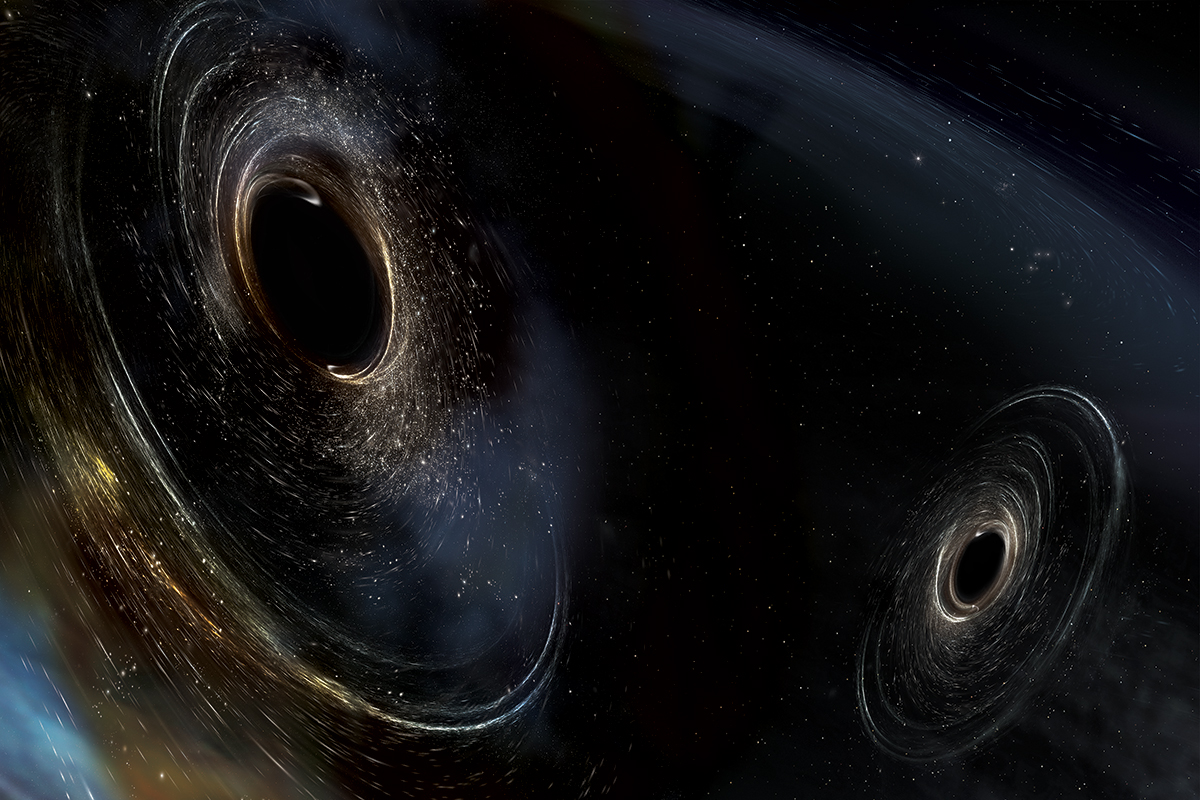NASA Simulated The Collision Of Two Supermassive Black Holes

Black holes are particularly complex space objects to understand because they push physics to the limits. Scientists often have to extrapolate when they talk about these singularities. However, a NASA video simulation shows us for the first time what happens during the collision of two supermassive black holes.
Scientists, who were never able to observe the collision of two supermassive black holes with their telescopes, decided to use the computational power of one of the most powerful computers on the planet to develop a simulation of this kind of collision. With reliable computer models in place, now, scientists hope it would be easier to pinpoint such a cosmic phenomenon in the vastness of the Universe.
To achieve such a feat, researchers at NASA’s Goddard Space Flight Center used the 9,600 cores of Blue Waters’ processor, a powerful supercomputer located on the University of Illinois. It took about 46 days for the supercomputer to analyze the data and come up with a reliable simulation.
NASA revealed how the collision of two supermassive black holes looks like
The experience was also rich in lessons because, in addition to the beautiful simulation of the clash between two supermassive black holes, researchers now have fascinating information that might help them locate this type of collision in the Universe.
Indeed, the video shows us two significant phenomena caused by the collision.
The first one takes place shortly before the collision, the gases emanating from the black holes start releasing UV and X-ray emissions in never-before-seen amounts. It would, therefore, be possible to predict a future collision and observe the impact by looking for this type of emissions.
The second event resulting from the collision of two supermassive black holes is represented by the shock between the two black holes, and produces very hot gas discs around the two singularities and creates a very cold circle between the two black holes. Once again this information would help scientists to locate collisions of two black holes in real time.
0 comments